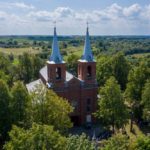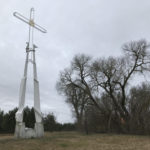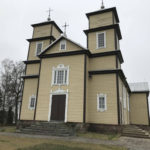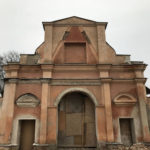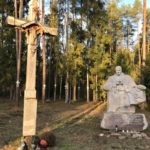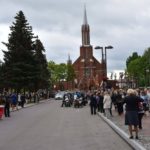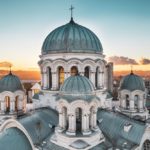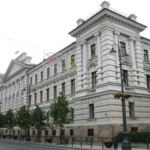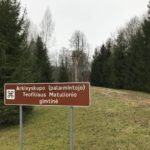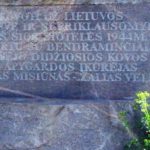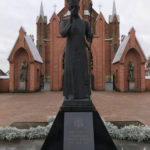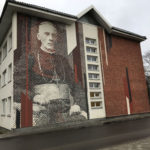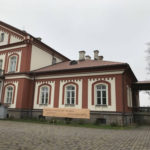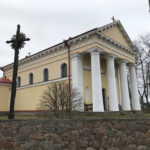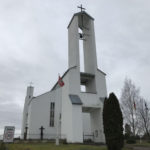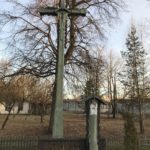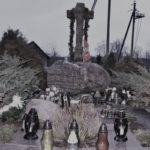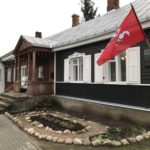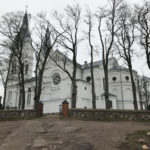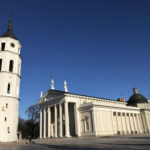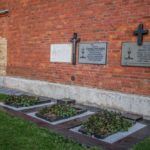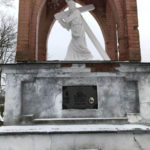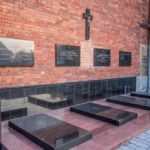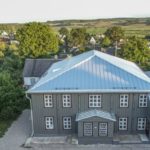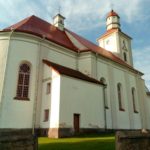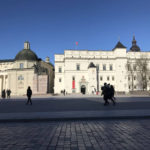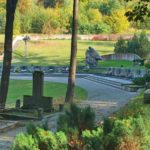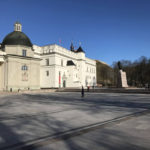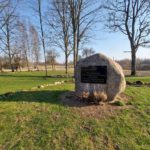
Church of the Lord’s Revelation to St. Virgin Mary, partisan hideout, Gegužinė
55.009538, 24.501323
Pictures
Description
The parish was established in 1520. The first church was built at the confluence of the Neris and the Biržė. The project of the new brick church was prepared by an architect Vaclovas Michnevičius. The construction of a rubblework church at the confluence of the Neris and the Bošė began in 1909 with the efforts and funds of parishioners and the then pastor Juozapas Bučas. Over 19 years, the walls were bricked in and double roofing was performed. Following the departure of Juozapas Bučas in May 1928, a new parson, the priest Stanislovas Pupaleigis (elsewhere written – Pupalaigis) continued the construction of the church. The church, not yet fully installed, was sanctified in 1932 and consecrated in 1938. The headquarters of A team of the Great Fighting District was an exceptional, also known as “flying”. The members of the headquarters, along with their protection squad, moved in two circles – via the big and the small. Via the big circle, the headquarters “was flying” during the rampage of the occupants. The headquarters of the Gegužinė church falls within the route of this circle. The Great Fighting District headquarters was where its members were at the time, where their meetings and sittings were held. On the altar of the Gegužinė church, S. Rujionis-Vėjas kept the orders of the leadership. The radio receiver, weapons, ammunition and flag were hidden in a hiding place on the southeast side of the church loft.
Map
Distance from your mobile device to the object:





























